Sometimes I think about the thousand words a certain photo represents and how I really want to tell you the story. This is one of those and there are others, so I officially deem this article the first “Story Behind the Photo.” (I realize that implies there will be more, but I make no promises.)
This picture was obviously taken in Malawi. I mean, when was the last time you saw a black man on a bike with a rooster in his backpack and razor wire in the background? When you were in Africa, that’s when. If you’ve never been you’ll just have to trust me. It’s the kind of thing you see over there. (Actually, you would be more likely to see a guy headed to market on a bike with about ten chickens hanging upside down from each handlebar.) The man in this photo is Snoden. He runs our feeding program in Malawi. I took this as he was headed home after a long day of work at our house, where he taught us pretty much everything we know about Malawi and the people who live there. We taught him some things too, and this is a story about one of those things. I will call it “A Chicken Lesson.”
Snoden and I worked in the garden almost every day. He showed me how to grow maize, and I showed him how to grow…well, just about everything else, which was challenging because Malawians have a love affair with maize and are fiercely loyal to it. They dry it, grind it into a powder, and mix it with boiling water to make a porridge like grits. (If you don’t know what maize or grits are, you really should look them up. You’ll understand my story better, and your life will be enriched because grits are delicious with butter and salt. For those of you who insist on eating them with sugar, please keep that to yourself. Nobody cares, and grits are not the point of my story anyway.) Okay, now that I’m outside of parentheses, I realize that grits actually ARE a huge part of my story, because the whole point I’m trying to make is that Malawians eat maize grits every day—and little else. It’s filling, but it’s not nutritious. Although, it does keep them alive, and that’s one thing Snoden taught ME, that it’s more important to stay alive than to have an exciting diet.
But keeping children alive was just step one for us. We were also determined to improve their health and educate them to know Jesus and other important things about the world like math and science, so they could grow up and teach their children and so on and so forth until one day they don’t need us any more. That’s our mission in a (slightly inarticulate) nutshell. So if you send money to HUGS for Tomorrow that’s what we’ll do with it—feed and educate children. It’s also why I taught Snoden how to grow different kinds of greens, colorful root vegetables, and various bean varieties.
“Wait a minute! I thought this was about chickens, but you’re talking about root vegetables.” (Hold your horseradishes. I’m getting there, but since this article is based on a quest to find more efficient ways to feed more kids, that first part was kind of foundational to my story. Now the birds…) Malawians have chickens and they know how to use them. They don’t typically house them in runs in the proper rooster to hen ratio like we do. Instead they let them free range and marry for love. Snoden said people know whose chickens are whose, and they leave them alone to run free and be eaten by their rightful owners. It’s a perfect system except for the fact that the birds are kind of scrawny, and their eggs are little. But every once in a while I would see a nice big beautiful chicken scratching around the village, which gave me the idea to create a super breed in a sort of Darwinian survival-of-the-fattest campaign.
I asked Snoden to broker sales between me and the owners of these fantastic bird anomalies. The villagers thought I was crazy, but they were happy to oblige, and in the end we had a pretty good looking flock. We allowed a few of the hens to play mother and waited for their eggs to hatch out the next generation of designer birds. It was a fail proof plan—until Snoden came home from the market with both hands behind his back and a look that made me ask, “What did you do?”
He said one of his friends was selling chickens, so he brought home a couple of prospects. “NO WAY!” I told him new chickens meant new diseases. He promised they were good clean hens that would lay big tasty eggs and asked me to reconsider. I acquiesced, so he brought his hands around to the front, revealing two upside down chickens. When he saw my concerned expression, he quickly turned them upright and held them out with extended arms as if presenting fish for a picture. Our conversation went like this:
Me: “They are lovely chickens, but I have a couple of problems.”
Snoden: “What problems?”
Me: “First, you were holding them upside down.”
Snoden: “It calms them.”
Me: “No, it suffocates them, which looks similar but is VERY different.”
Snoden: “Oh, I didn’t know that. Okay, I will never hold YOUR chickens upside down. Are these now YOUR chickens?”
Me: “Well, one of them might be, but that leads me to my other problem. I don’t know how you can guarantee they will both lay nice eggs when one is a rooster.” He looked back and forth between the two of them and promptly returned the boy chicken to its upside down position behind his back.
Snoden: “I didn’t see that, but I do now. Okay, so this girl is now YOUR chicken?”
Me: “Yeah sure. I’ll take the girl.”
I bought the hen.
All of my chickens were dead within a week.
Snoden and I both learned valuable lessons, which I probably don’t need to spell out for you.
After that fiasco we switched gears, and I bought a whole bunch of imported commercial laying hens from the local hatchery. They were big and beautiful and produced very nice eggs but, because that company is about the business of making money and not about feeding kids, they would not sell me a rooster. So, I employed Snoden to bring me a nice village rooster, who turned out to be perfect and great with the ladies, so I fully expected our modified plan to work. Then one night someone jumped over the part of our wall that was not covered in razor wire and stole all of my nice chickens before any eggs hatched. As I lamented my second failed attempt, Snoden brought me some eggs from his scrawny village chickens. We ate them and baked with them and discussed ways we could continue our super breed venture. Then, I realized the lesson was mine. Sometimes good enough is good enough.
P.S. That ending sounded very noble, but I haven’t actually told you about the photo. We finally ended up with a nice flock that lays fantastic eggs and reproduces—AND gets the kids in our program one step closer to independence. Since we only needed a couple of roosters at the time, Snoden took home the extras to cook for his family. This is the first one of those in his backpack. He was proud to show me that he found a clever way to transport birds without hanging them by their feet. Something told me I would be happy to have this photo one day, and that day has come.

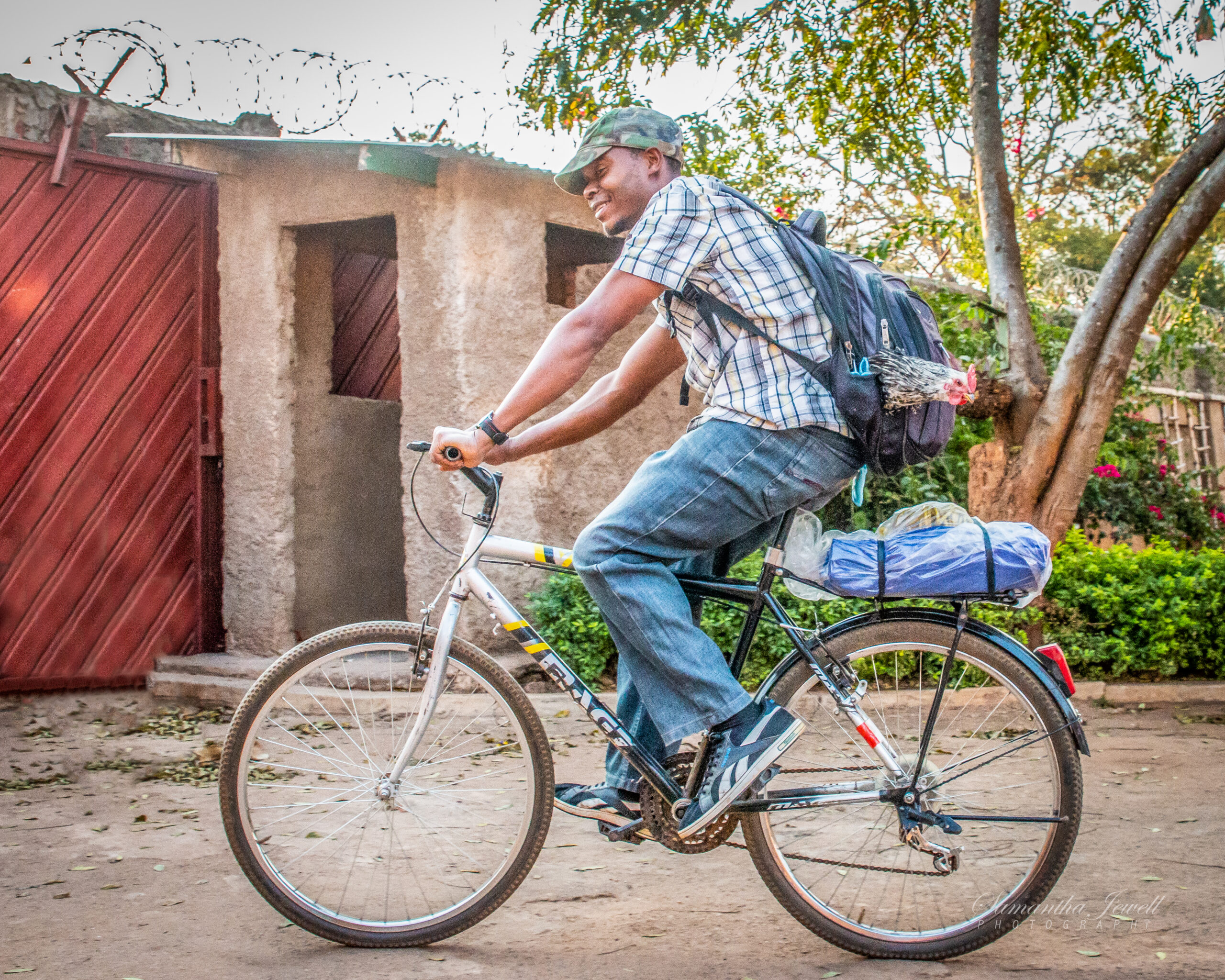
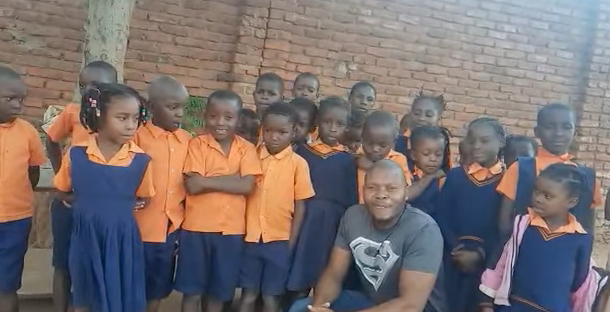
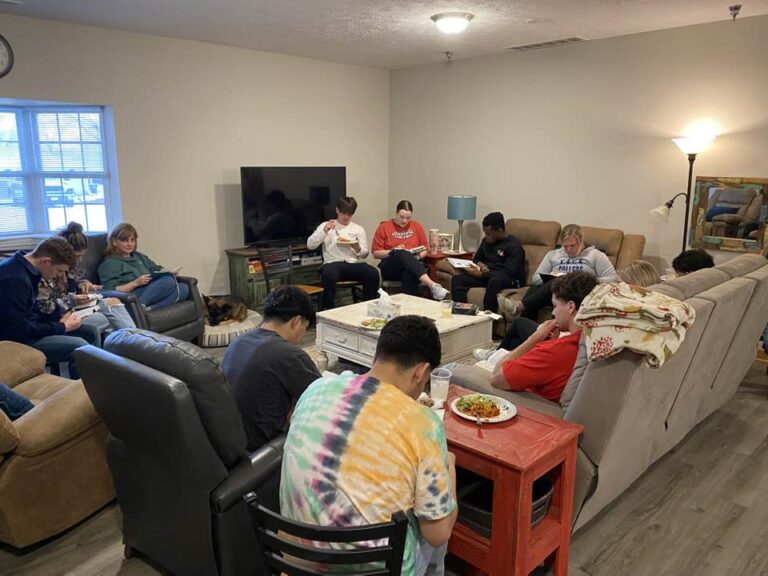


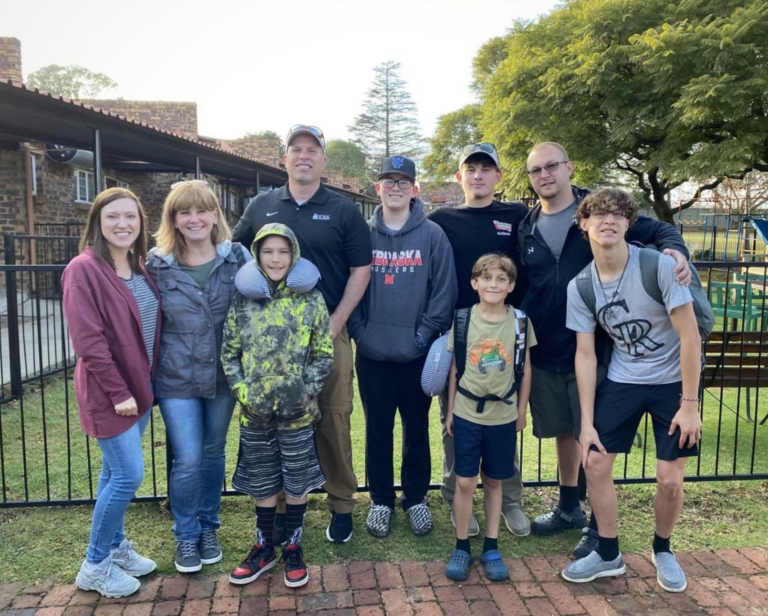
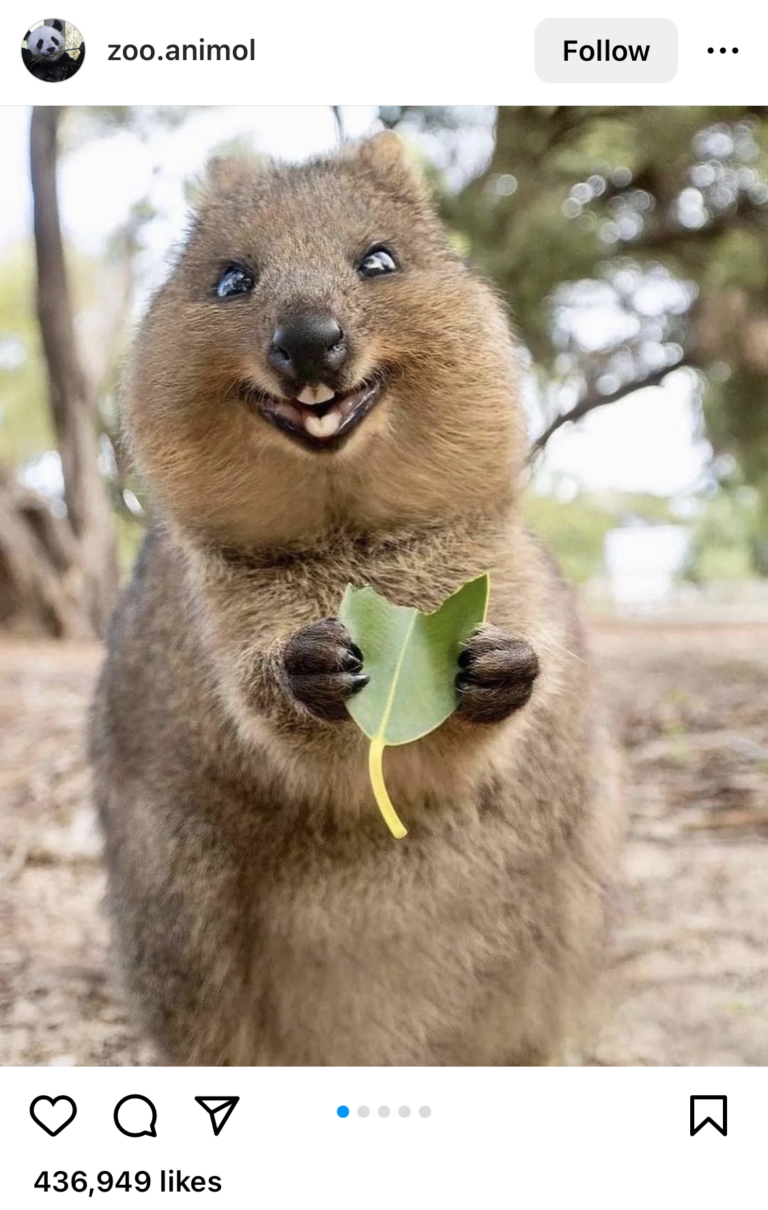
Your eyes and your heart have seen and felt so much. Your love for our Savior shines through your stories and experiences. Please keep sharing that love.
Aw! Thank you, Lisa. Your words encourage me so much and make me want to write more.
This is one of my favorite posts, especially since getting chickens myself. You are a wonderful story teller! I am encouraged by the work God is doing through your ministry.
Thank you, fellow chicken lover!